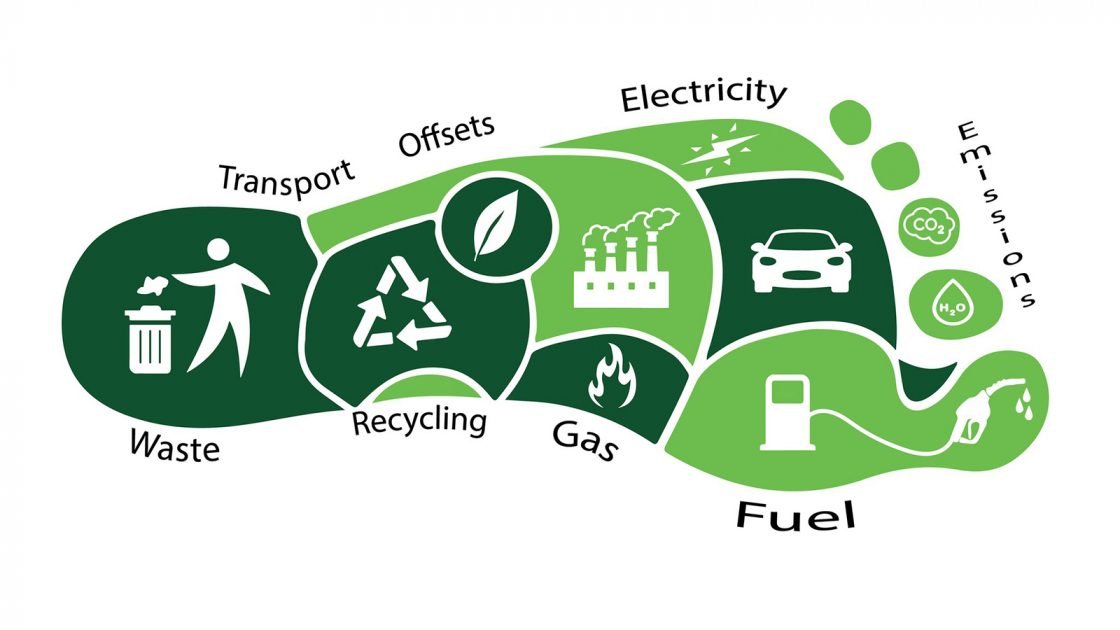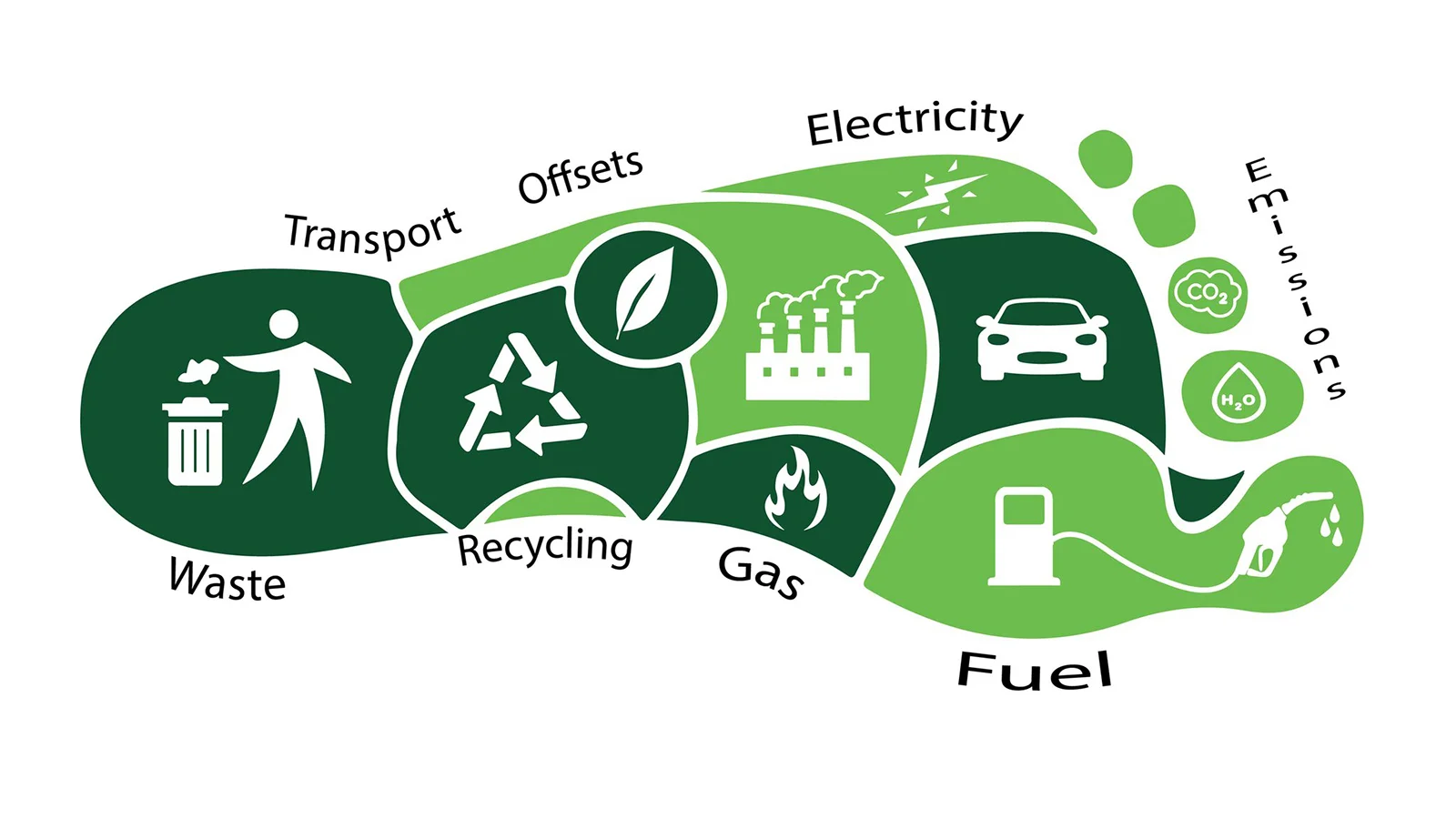Global climate change is here. The poles are melting, glaciers shrinking, and rain patterns changing. Here’s a guide to our social and behavioural changes to mitigate carbon footprint.

Transport
Highest carbon footprint
Cars, trucks, commercial aircrafts and railways, all running on fossil fuel, have a significant carbon footprint. The latest to join the fray are cruise ships, infamous for waste disposal on seas, sulphur and greenhouse-gas emissions.
Lowest carbon footprint
A car with a hybrid drive train or one that runs on natural gas. Or, turn to carpool. Choose direct flights to your destinations since they outperform
connecting routes in carbon emissions.
Fashion
Highest carbon footprint
While fast fashion is already proving to be toxic for the environment, washing clothes also tend to pollute the environment, due to microfibre from the polyester and nylon cloth that eventually reach the ocean.
Food
Highest carbon footprint
Beef dwarfs other food in terms of environmental impact, followed by cheese and eggs. What’s surprising is your favourite burger can have a poor carbon footprint record.
Lowest carbon footprint
Go vegan and stick to home-cooking. Milk, seasonal fruits, and lentils have the least carbon footprint.
Workplace
Highest carbon footprint
Dependence on paper, décor light-bulbs with filaments, and the heating, ventilation and air conditioning (HVAC) of your office can lead to long-term wastage of energy.
Lowest carbon footprint
LED lighting, reusable mugs, compostable paper napkins, appliances with power-save mode, opting for video-conference over business travel. Swap desktop computers for laptops to save on power.
Home appliances
Highest carbon footprint
Single-door fridge with a poor energy efficiency rating, electric tumble dryer, electric hob, and water heater.
Lowest carbon footprint
Mini-split air conditioners with a programmable thermostat, smart geysers and refrigerators with five-star energy efficiency ratings.
Power source
Highest carbon footprint
While mining coal wreaks havoc on the environment, CO2 emitted from coal combustion is responsible for over 0.3-degree Celsius of the 1-degree Celsius increase in global average annual surface temperatures above preindustrial levels. This makes coal the single largest source of global temperature increase, according to IEA.
Lowest carbon footprint
Harnessing the power of the wind and waves via tidal energy systems and offshore wind farms can cut greenhouse-gas emissions and help mitigate climate change.
Source: Economic Times
Written By: Rajarshi Bhattacharjee





